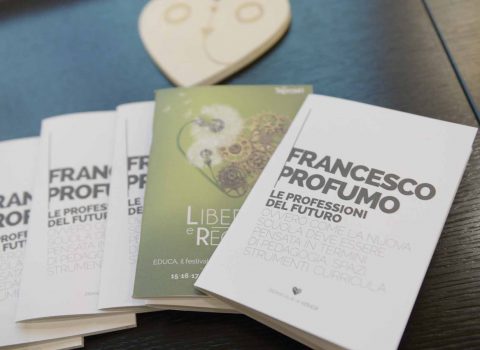Post-Human: Where the Human Being Finishes and Something Else Begins
What does it mean to be human? Science fiction has been exploring this question since its inception. With the coming of artificial intelligence, the need to ask real and hard questions becomes more pressing
If we consider the study of man-machine interaction, we realize its complexity because it encompasses aspects of computer science, psychology, cognitive science, ergonomics, design, information science, artificial intelligence, natural language and other subjects. The design and development of interactive systems that are usable, reliable and that support and facilitate human activities is, therefore, a terrain extremely rich in knowledge challenges that impose deep reflections on the ethical implications of theoretical and practical choices.
In this frame, the post-humanist thought basically invents a new way of celebrating the body, transforming it from an actor into a container: a body that can connect to the world through the technological interface, a body-set of clothes that can take all the possible identities, a body-theater that welcomes otherness. The body is once again overwhelmingly on the scene, therefore, no longer to be investigated from the point of view of its meanings and its social uses, but offering itself as a more complex and ambiguous place, in continuous transformation.
For the post-human artist, the work of art coincides with the reconstruction of the body. Technology becomes the means by which human beings manage to go beyond themselves and their physical limits, expanding the space of experience and beginning to build the road to new capacities. The frontiers are opened for the search for a new type of body that goes beyond biology and also acts in a new virtual space.
On Saturday, October 20, Bologna hosted the TedX talk entitled “Post human”. The 18-minute presentations have touched different aspects of the nature of this relationship in progress between man and machine, a projection on the immediate future full of open questions of enormous importance.
Are we ready to socialize with AI robots? Will democracy survive the increase in AI? What impact will AI have on jobs?
There were scientists, inventors, anthropologists and hacktivists. I don’t want to be exhaustive nor take the scene from the other speakers, but I would like to point out some of the protagonists that inspired me most: here follow some of their passages.
Volumism: future of art
Anna Zhilyaeva is a French-Russian artist renowned for her unique style of painting in Virtual Reality. She adopted the term “Volumism” for her creations of “sculpted painting” because of the way in which this technology offers the possibility of creating any volume and breaking the laws of gravity. She created live in Bologna as well: look below what she managed to do in just 3 minutes!
Ecotone: Transitional Tension Between Human & Machine
Dan Chen is an “improvisation” engineer, an interaction designer and a technological investigator. He designs and programs his robots on the basis of social conventions and models of human behavior. Working in the fields of robotics, communication design, interaction design and product design, Dan explores new ways of communication and human experience through working prototypes and storytelling, inviting to a reflective evaluation and its implications.
Create your nation
Susanne Tarkowski presented her vision of the “Internet of sovereignty”: the Bitnation project aims to “replace the national state oligopoly by offering cheaper and better governance services, with the help of blockchain technology.” A very interesting case of “jurisdiction as a service”. Since 2014 Bitnation is the first “blockchain nation” in the world: decentralized, without borders, voluntary. Winner of the UNESCO Netexplo Award in 2017, Susanne Tarkowski has been named by WIRED among the world’s innovators who fight for online privacy.
COVER CREDITS: James Vaughan Attribution-NonCommercial-ShareAlike 2.0 Generic (CC BY-NC-SA 2.0)

